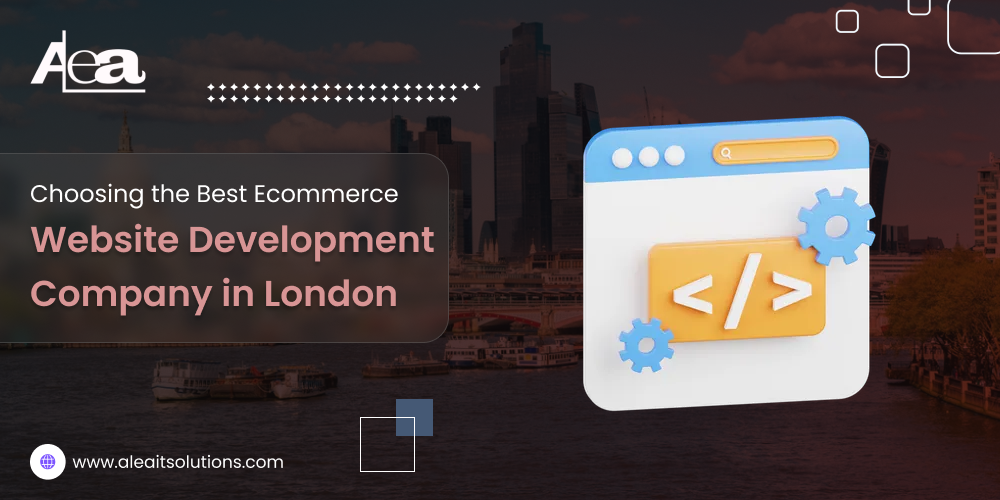In the ever-evolving landscape of technology, web development stands out as a critical component for businesses looking to thrive online. From e-commerce platforms to social media networks, the need for efficient, scalable, and robust web applications has never been greater. While the front-end—the part users see and interact with—is often in the spotlight, the back end is equally crucial. It is the backbone that supports the entire application, ensuring data processing, server management, and functionality. In this blog, we’ll explore the essential back-end languages that every modern web developer should consider, detailing their strengths and ideal use cases.
Understanding Back-End Development
Before diving into specific languages, it’s essential to grasp what back-end development entails. Back-end development refers to everything that happens on the server side of an application. This includes managing databases, server logic, application programming interfaces (APIs), and ensuring that the front-end and back-end communicate seamlessly. While front-end developers focus on user experience and interface design, back-end developers handle the heavy lifting that makes applications function.
Choosing the right back-end language can significantly impact an application’s performance, scalability, and maintenance. Different languages come with their unique advantages and community support, which can shape the success of a project.
The Importance of Selecting the Right Language
The back-end language you choose should align with your project’s goals, your team’s expertise, and the specific requirements of the application. Here are some factors to consider when selecting a back-end language:
Performance: How well does the language handle concurrent requests?
Scalability: Can the language support your application as it grows?
Community and Support: Is there a robust community or documentation available?
Ease of Learning: How steep is the learning curve for your team?
Integration: Does the language easily integrate with other tools and platforms?
Essential Back-End Languages
Let’s explore some of the most prominent back-end languages used in modern web development.
- JavaScript (Node.js)
JavaScript has transcended its role as a front-end scripting language with the introduction of Node.js. This powerful runtime allows developers to use JavaScript for server-side programming, enabling full-stack development with a single language.
Key Features:
Non-blocking, I/O: Node.js uses an event-driven architecture, making it efficient for handling multiple connections simultaneously. This is particularly beneficial for real-time applications like chat platforms and online gaming.
Vibrant Ecosystem: The Node Package Manager (NPM) hosts a vast library of packages and modules that can be easily integrated into projects, speeding up development time.
Community Support: With a large and active community, developers can find plenty of resources, tutorials, and libraries to enhance their applications.
Use Cases: Node.js is ideal for applications that require real-time capabilities, such as collaboration tools, streaming services, and interactive websites.
- Python
Python has gained immense popularity in various fields, including web development. Its clear syntax and readability make it an excellent choice for developers of all skill levels. Frameworks like Django and Flask provide robust tools for building web applications quickly.
Key Features:
Versatility: Beyond web development, Python is widely used in data science, machine learning, and automation, making it a valuable skill for developers.
Rich Frameworks: Django, known for its “batteries-included” approach, provides an extensive set of features right out of the box, while Flask offers flexibility for smaller projects.
Strong Community: The Python community is one of the largest, providing ample resources, libraries, and forums for support.
Use Cases: Python is well-suited for data-driven applications, content management systems, and rapid prototyping due to its simplicity and ease of integration with databases.
- Ruby
Ruby, particularly with the Ruby on Rails framework, has made a name for itself in web development. Ruby emphasizes convention over configuration, which allows developers to focus on writing clean, maintainable code.
Key Features:
Rapid Development: Rails is designed to facilitate quick development cycles, making it a favourite for start-ups and projects with tight deadlines.
Readable Syntax: Ruby’s syntax is intuitive and expressive, which can reduce the time it takes to on-board new developers.
Strong Community: The Ruby community is known for being welcoming and supportive, with many resources available for learning and troubleshooting.
Use Cases: Ruby on Rails is perfect for building web applications that require rapid development, such as MVPs (Minimum Viable Products) and social networking sites.
- PHP
PHP has been a mainstay in web development for decades, primarily known for powering content management systems like WordPress. Despite facing criticism over the years, PHP has evolved significantly, with modern frameworks like Laravel revitalizing its reputation.
Key Features:
Ease of Use: PHP is relatively easy to learn and has a gentle learning curve, making it accessible for beginners.
Frameworks: Laravel provides elegant syntax and powerful features like Eloquent ORM for database management, making PHP development more efficient.
Wide Adoption: A significant percentage of websites are built on PHP, ensuring a wealth of resources and community support.
Use Cases: PHP is ideal for server-side scripting, dynamic websites, and content management systems.
- Java
Java is a long-standing player in the programming world, particularly in enterprise-level applications. Its platform independence (thanks to the Java Virtual Machine) and robust performance make it a favorite among large organizations.
Key Features:
Object-Oriented: Java’s object-oriented nature encourages clean code practices and reusability.
Enterprise Frameworks: Frameworks like Spring and Hibernate simplify the development of complex applications, providing tools for dependency injection, security, and database management.
Performance: Java applications can be highly performant, making it suitable for large-scale systems.
Use Cases: Java is commonly used in large enterprise applications, banking systems, and web services.
- C#
C# is a versatile language developed by Microsoft, widely used for building Windows applications and games. It also has strong capabilities for back-end web development, especially within the .NET framework.
Key Features:
Integration with Microsoft: C# seamlessly integrates with other Microsoft technologies, making it a great choice for organizations using the Microsoft stack.
Robust Framework: ASP.NET provides a powerful framework for building web applications, offering features like MVC (Model-View-Controller) architecture and built-in security.
Strongly Typed Language: C# is a strongly typed language, which can help catch errors at compile time.
Use Cases: C# is ideal for enterprise-level applications, game development, and applications within the Microsoft ecosystem.
- Go (Golang)
Go, or Golang, is a language developed by Google that has been gaining traction for its simplicity and efficiency. It excels in concurrent programming, making it a strong choice for cloud applications and micro services.
Key Features:
Concurrency: Go’s go routines and channels make it easy to handle multiple tasks simultaneously, which is essential for scalable applications.
Static Typing: Go’s static typing can lead to more predictable code, reducing the likelihood of runtime errors.
Simplicity: The language is designed to be simple and easy to read, allowing developers to build and maintain code efficiently.
Use Cases: Go is well-suited for micro services, cloud applications, and systems programming.
Emerging Trends in Back-End Development
As technology advances, new languages and frameworks continue to emerge. Keeping up with these trends is vital for developers looking to stay relevant.
Rust: Known for its memory safety and performance, Rust is gaining popularity for system-level programming and performance-critical applications.
Kotlin: While primarily associated with Android development, Kotlin’s interoperability with Java makes it a great choice for back-end development as well.
Staying updated with these trends can help developers make informed decisions about which languages to learn and use in their projects.
Conclusion
Selecting the right back-end language is a crucial decision that can significantly impact your project’s success. Each language discussed offers unique advantages and is suited for different types of applications. Whether you’re a seasoned developer or just starting out, understanding these essential back-end languages will empower you to make informed choices for your projects.
At AleaIT Solutions, we are committed to leveraging the best technologies to bring your vision to life. If you’re ready to enhance your web development experience, reach out to us today!




